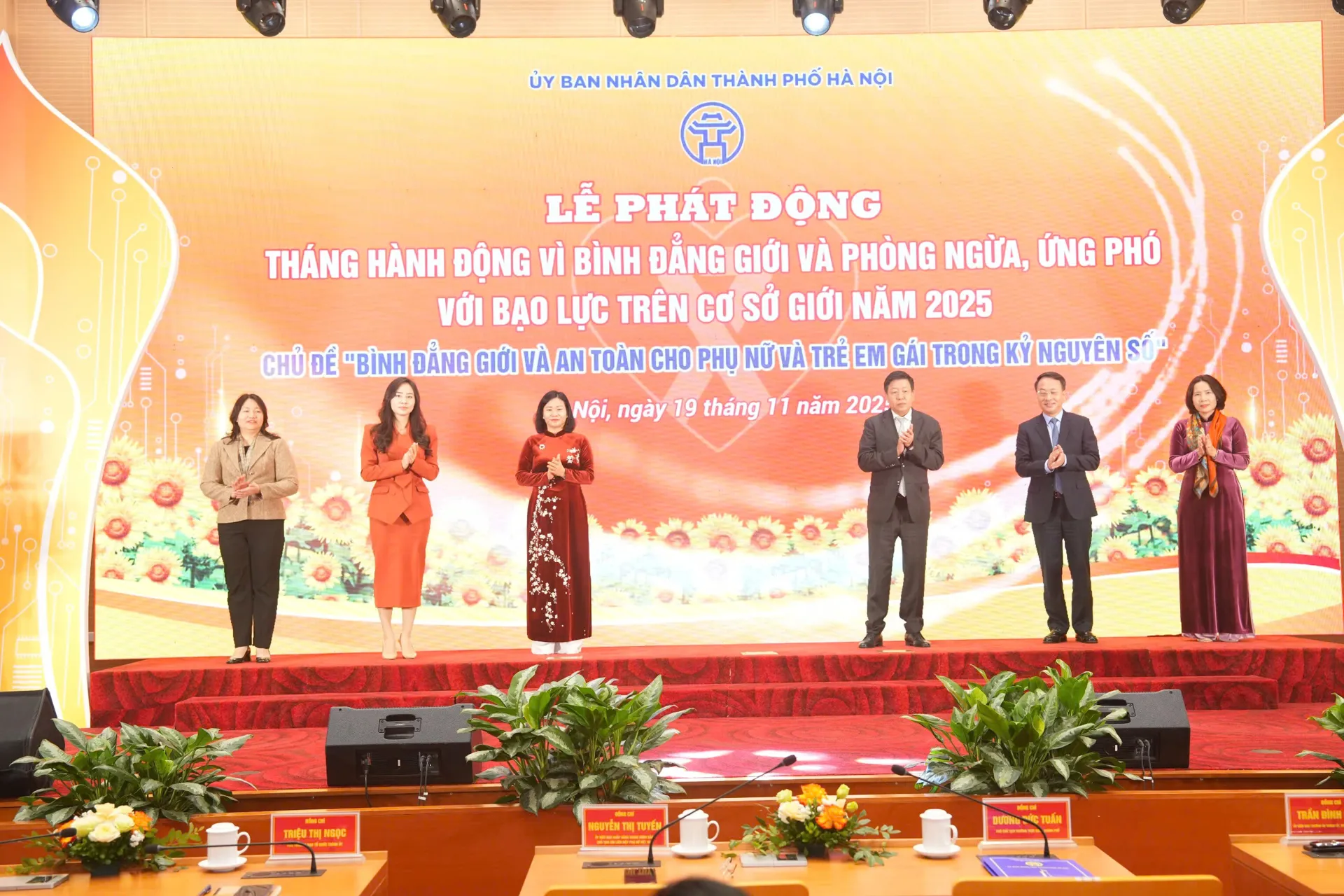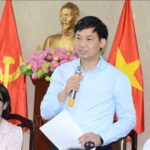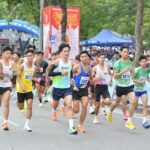On November 19, the Hanoi People’s Committee launched the 2025 Action Month for Gender Equality and the Prevention of and Response to Gender-based Violence, themed “Gender Equality and Safety for Women and Girls in the Digital Era.”
Joining Hands for a Safe Digital Environment for Women and Girls
The launch ceremony was attended by representatives from various central and city-level committees and organizations.
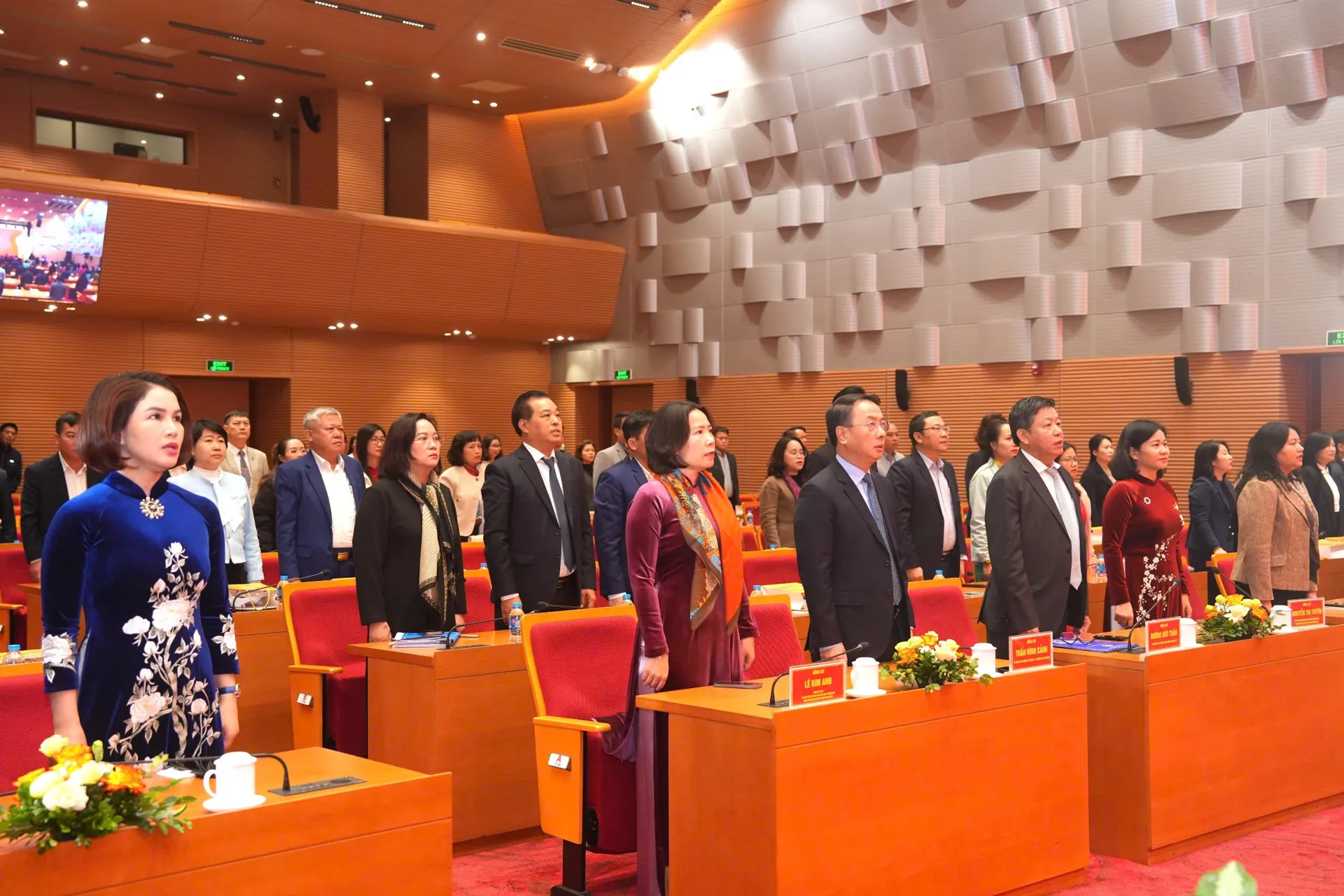
Speaking at the ceremony, the Permanent Vice Chairman of the Hanoi People’s Committee stated that gender equality work in Hanoi has achieved significant results in recent years. The proportion of women participating in the City Party Committee’s Executive Board for the 2025-2030 term reached 14.7%; the rate of female participation at the commune level was over 29%. During the 2020-2025 period, the city created new jobs for over 952,817 people, of which female workers accounted for over 50%; more than 280,000 female workers received loan support for job creation. Indicators in education, health, and maternal and child care all met or exceeded targets.
Notably, 100% of gender-based violence victims accessed at least one basic support service; many effective models were maintained, such as “safe addresses,” counseling and support hotlines, and women’s clubs for preventing domestic violence. These results demonstrate the efforts of the entire political system and the support of the capital’s citizens.
Alongside these achievements, the digital era presents new challenges for women and girls, such as online harassment, attacks on private images, the spread of harmful information, online fraud, and coercion or threats using digital content. These are dangerous, sophisticated forms of gender-based violence that can have long-lasting consequences.
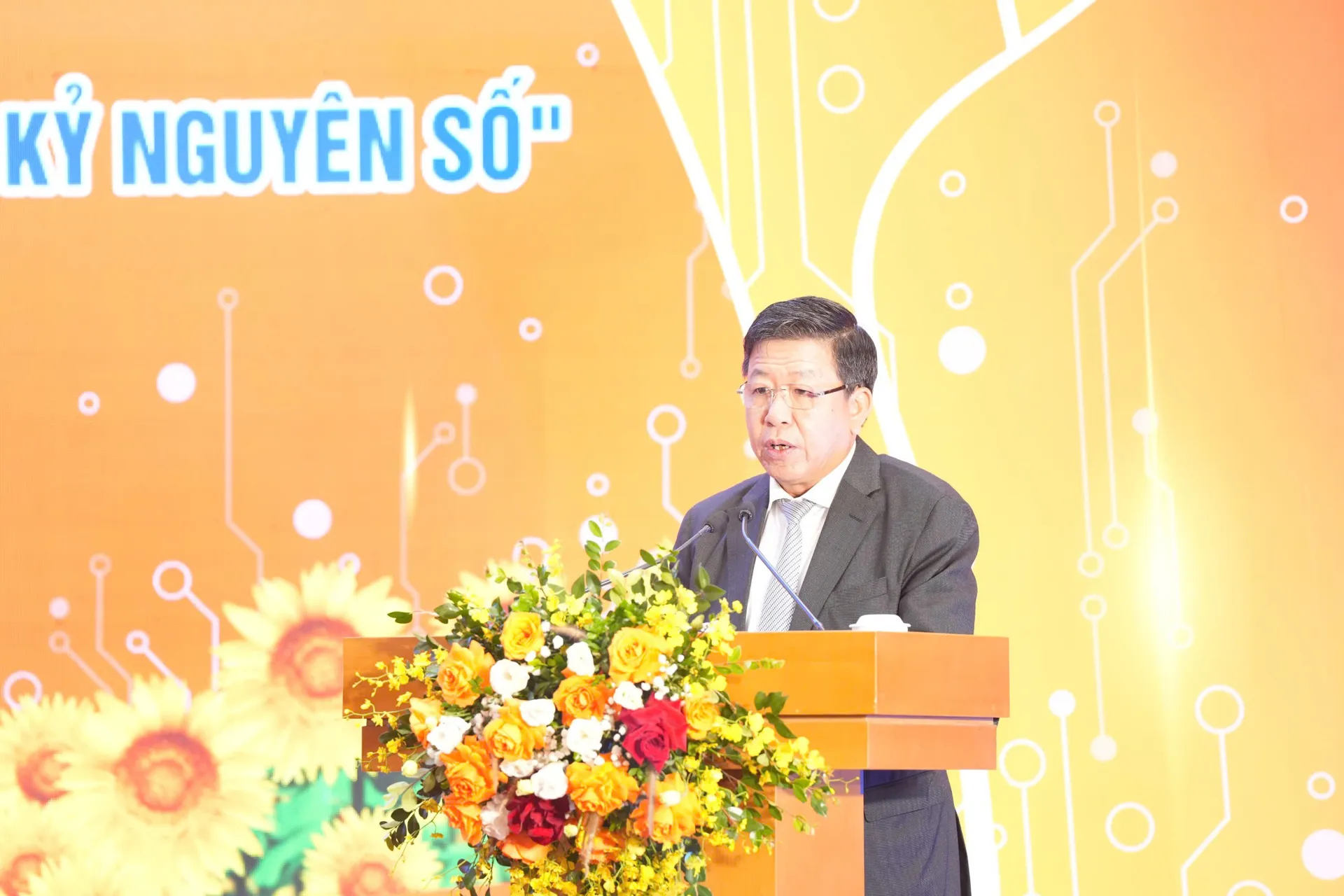
To implement the 2025 Action Month for Gender Equality and the Prevention of and Response to Gender-based Violence effectively and in line with the capital’s characteristics, the Permanent Vice Chairman of the Hanoi People’s Committee proposed:
City departments and agencies should enhance gender equality communication on digital platforms; organize training on digital safety skills; proactively detect, prevent, and strictly handle acts of violence, harassment, and abuse in cyberspace.
District and commune People’s Committees should synchronously deploy support models for victims; review and update “safe addresses” in the community; integrate gender equality communication into local activities.
Socio-political organizations should strengthen education on digital skills and self-protection skills; build safe communities to support women and children at risk of violence.
Every family and citizen of the capital should become active advocates; speak out when witnessing violence; refrain from sharing harmful content; respect and protect the rights and safety of women and children in both real life and cyberspace.
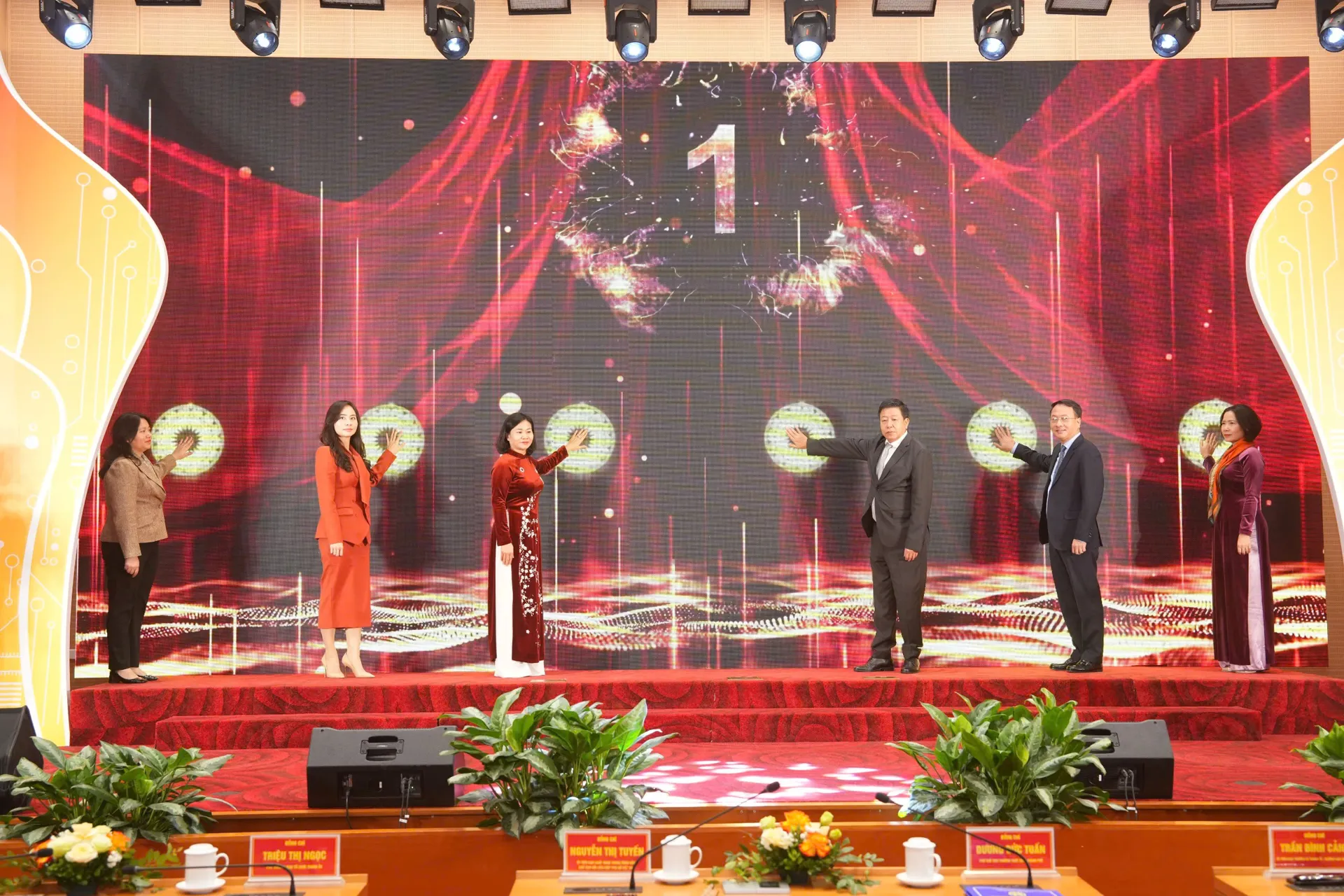
The Permanent Vice Chairman of the Hanoi People’s Committee called on all levels, sectors, localities, organizations, and the entire people of the capital to join hands in action for a safe and civilized digital environment; for an equal, humane, and sustainably developing society; and for the safety, happiness, and development opportunities of all women and girls.
Promoting Communication and Technology Application for Gender Equality
Speaking in response to the launch, the Vice Chairman of Hoan Kiem District People’s Committee reported that the movement for gender equality in the district has achieved notable results. Accordingly, the proportion of female cadres in the district’s political system continues to show an increasing trend. Many female cadres hold key positions in district agencies and units, such as in the Party Committee Standing Board, the People’s Council Standing Committee, the leadership of the People’s Committee, the Fatherland Front Committee, and socio-political organizations.
